Another powerful idea
There is another (really a bit extravagant way) to compensate for the line resistance - by an S-shaped true negative resistor with resistance -Rl connected in series. The two resistances are summed and the result is zero line resistance (Rl - Rl = 0).
Conceptual implementation
I have illustrated this powerful idea by the picture below taken from my Circuit-fantasia story:
The source internal resistance is compensated in this picture but the line resistance is basically the same. Note that the true negative resistor is actually a variable voltage source producing a voltage V = I.R that compensates the voltage drop V = I.R across the "positive"resistor.
Op-amp implementation
I have shown a possible op-amp implementation of this idea - the so-called voltage-inversion negative impedance converter (VNIC), in my Wikibooks story about S-shaped negative resistance:
The advantage of this solution is that it does not require additional sense wires. Its disadvantage is that the disturbing effects (temperature, etc.) are not taken into account. And, of course, the op-amp output current is limited; so, in this low-resistance application, a booster will be needed.
Amazement
I have always wondered how such a brilliant idea is so difficult to understand although it is so simple:
There is a line resistance (Rl) >>> a voltage drop (I.Rl) appears across the line resistance >>> it is subtracted from the input voltage (Vin) >>> but we insert another voltage source with the same voltage I.Rl in series so this voltage is added to the input voltage >>> as a result, the voltage across the load (VL = Vin - I.Rl + I.Rl = Vin) and the current through the load (IL = Vin/RL) do not change. All the inverting op-amp circuits are based on this idea (aka "virtual ground").
"Ideal" ammeter
By the help of this extremely simple and intuitive idea, a month ago, my students made an "ideal" ammeter in the laboratory using only a potentiometer and another but negative voltage source:
I have told about this exciting laboratory excersise in another answer. Also, I have made a movie about the conceptual arrangement and the op-amp implementation (in Bulgarian):
